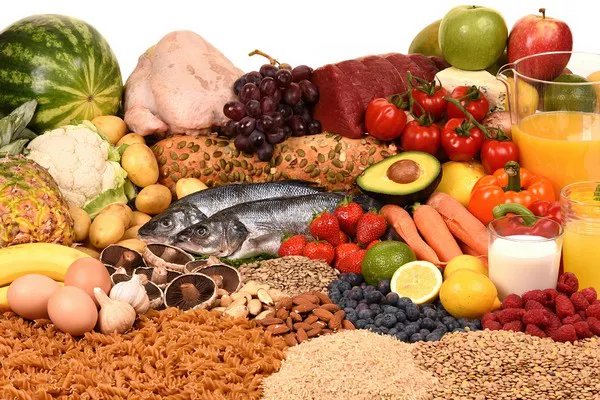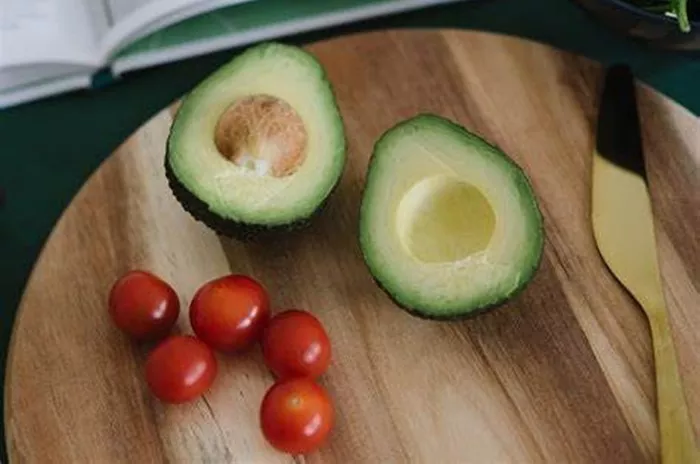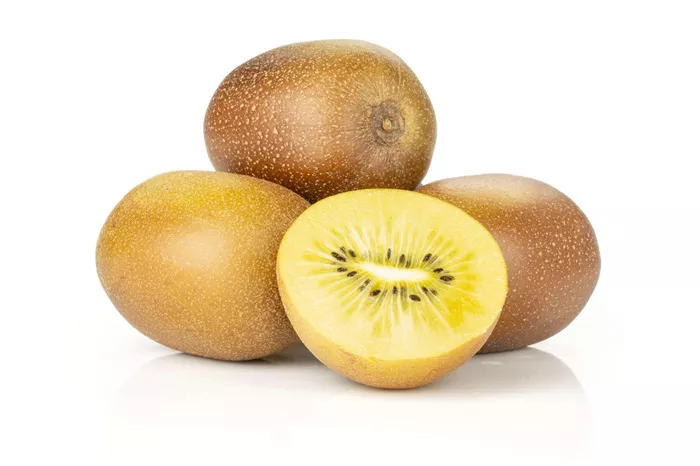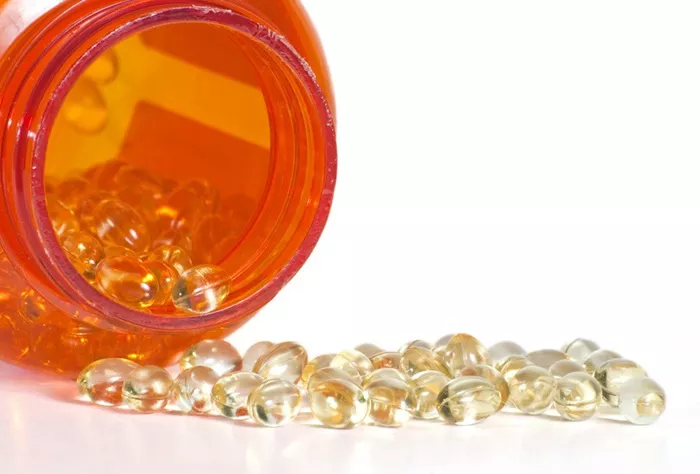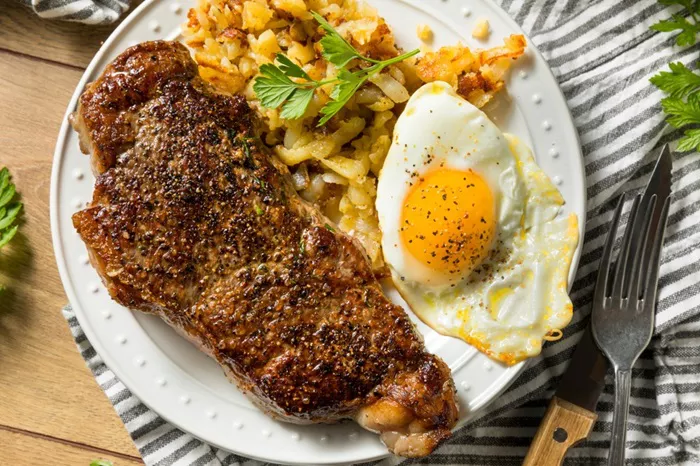1. Introduction
In recent years, pea protein has gained prominence as a popular plant-based protein source, offering a viable alternative to traditional animal-derived proteins. Derived from yellow peas (Pisum sativum), pea protein has become a staple in the diets of vegetarians, vegans, and individuals seeking sustainable and allergen-friendly protein options. This comprehensive exploration delves into the composition, production process, nutritional profile, and the myriad benefits associated with pea protein.
2. The Origins of Pea Protein: Harvesting Nutrients from Yellow Peas
Pea protein is extracted from yellow peas, a variety of peas that belongs to the legume family. The process typically begins with the harvesting of mature yellow peas, which are then dried to reduce moisture content. Once dried, the peas undergo milling to form a pea flour. The protein extraction process involves removing the starch and fiber components from this pea flour, leaving behind a concentrated protein powder known as pea protein isolate. The result is a high-protein product with minimal carbohydrates and fats, making it a versatile and nutrient-dense protein source.
3. Nutritional Profile of Pea Protein: A Closer Look at Macronutrients
Pea protein boasts a well-balanced nutritional profile that aligns with the needs of individuals seeking protein supplementation. On average, a 28-gram serving of pea protein isolate provides approximately 21 grams of protein, making it a protein-dense option. Additionally, pea protein contains minimal amounts of carbohydrates and fats, making it an attractive choice for those focusing on protein intake without significantly impacting overall macronutrient balance. The nutritional completeness of pea protein makes it suitable for a variety of dietary preferences and requirements.
4. Amino Acid Composition: The Building Blocks of Pea Protein
One of the standout features of pea protein is its amino acid composition. While not all proteins are created equal in terms of amino acid content, pea protein is considered a high-quality protein source. It contains all nine essential amino acids, including lysine, which is often limited in plant-based proteins. However, pea protein is relatively lower in methionine and cysteine, amino acids abundant in animal-based proteins. To address this imbalance, individuals can complement pea protein with other plant-based protein sources or ensure a diverse diet to meet their amino acid needs.
5. Allergen-Friendly and Easily Digestible: Pea Protein’s Digestibility Factor
One of the key advantages of pea protein is its allergen-friendly nature. Unlike some animal-based proteins and other plant-based alternatives like soy or wheat, pea protein is generally well-tolerated and rarely associated with allergic reactions. Additionally, pea protein is naturally free from common allergens such as gluten and dairy, making it an excellent choice for individuals with specific dietary restrictions or sensitivities. Its ease of digestibility contributes to its appeal, providing a protein source that is gentle on the digestive system.
6. The Production Process: From Pea to Protein Isolate
The production process of pea protein involves several stages to extract, isolate, and concentrate the protein content. It begins with the cleaning and milling of yellow peas to create a pea flour. Subsequently, the pea flour undergoes a wet extraction process, where water is used to separate the protein from starch and fiber. The resulting liquid undergoes separation and filtration to remove unwanted components, yielding a concentrated pea protein solution. This solution is then subjected to drying processes to remove excess water, resulting in the formation of pea protein isolate in powder form. The entire production process emphasizes the removal of non-protein components, ensuring a high-purity protein product.
7. Functional Properties of Pea Protein: Beyond Nutrition
Pea protein isn’t just valued for its nutritional content; it also possesses functional properties that contribute to its versatility in various applications. In food formulation, pea protein serves as an emulsifier, stabilizer, and texturizer, enhancing the texture and mouthfeel of products. Its water-binding capacity makes it effective in moisture retention, contributing to the juiciness of plant-based meat alternatives. The functional properties of pea protein extend its application beyond mere nutrition, positioning it as a valuable ingredient in the food industry.
8. Environmental Sustainability: Pea Protein’s Green Footprint
In an era where environmental sustainability is a growing concern, pea protein shines as a plant-based protein option with a relatively low ecological footprint. The cultivation of yellow peas requires less water and generates fewer greenhouse gas emissions compared to some animal-based protein sources. Additionally, peas have the ability to fix nitrogen in the soil, reducing the need for synthetic fertilizers. The cultivation and production of pea protein align with principles of sustainable agriculture, making it an environmentally conscious choice for individuals seeking to reduce their ecological impact.
9. Pea Protein and Muscle Building: Bridging the Protein Gap
Pea protein’s efficacy in supporting muscle building and repair has been a subject of scientific inquiry. Research indicates that pea protein can be as effective as whey protein, a popular animal-derived protein, in promoting muscle protein synthesis when consumed post-exercise. The balanced amino acid profile of pea protein, particularly its leucine content, contributes to its muscle-building potential. For individuals pursuing resistance training or looking to enhance their protein intake for muscle health, pea protein stands as a viable and plant-based option.
10. Managing Weight and Appetite: Pea Protein’s Role in Satiety
Beyond muscle building, pea protein has been studied for its potential impact on weight management and appetite regulation. Protein-rich diets are known to promote a feeling of fullness or satiety, reducing overall calorie intake. Pea protein, with its protein density and ability to trigger the release of satiety hormones, may contribute to managing appetite and supporting weight loss or maintenance. Including pea protein in meals or snacks could be a strategic component of a balanced diet for those with weight-related goals.
11. Blood Sugar Regulation: Pea Protein’s Glycemic Impact
Another noteworthy aspect of pea protein is its potential impact on blood sugar levels. Research suggests that pea protein may have a positive influence on glycemic control, making it a favorable option for individuals with diabetes or those aiming to manage blood sugar levels. The slow digestion and absorption of pea protein contribute to a gradual rise in blood glucose, reducing the likelihood of sharp spikes. Incorporating pea protein into meals may offer benefits in supporting overall metabolic health.
12. Culinary Applications: Pea Protein in the Kitchen
The versatility of pea protein extends to its use in culinary applications, where it can be incorporated into a variety of recipes. Pea protein isolate, with its neutral flavor profile, blends seamlessly into smoothies, shakes, and baked goods. It can also be added to soups, stews, or sauces for a protein boost without altering the taste significantly. Plant-based meat alternatives often utilize pea protein for its ability to mimic the texture and juiciness of animal-derived proteins. The culinary adaptability of pea protein makes it a valuable ingredient for those looking to enhance the protein content of their meals.
13. Pea Protein Supplements: Convenience in Nutrition
The popularity of pea protein has led to its incorporation into protein supplements, providing a convenient and concentrated source of plant-based protein. Pea protein powders and protein bars are widely available, offering individuals a quick and accessible way to meet their protein needs, especially in situations where whole food sources may be less convenient. These supplements can be a practical option for athletes, fitness enthusiasts, or individuals with busy lifestyles seeking a convenient and portable protein source.
Conclusion
In conclusion, pea protein emerges as a wholesome and sustainable protein source with a myriad of nutritional, functional, and environmental benefits. From its origins in yellow peas to the intricacies of its production process, pea protein stands as a testament to the innovative landscape of plant-based nutrition. Whether supporting muscle building, weight management, or contributing to culinary creations, pea protein offers a versatile and nutritious addition to diverse lifestyles. As individuals continue to explore sustainable and health-conscious dietary choices, pea protein shines as a green gem in the spectrum of plant-powered nutrition.
[inline_related_posts title=”You Might Be Interested In” title_align=”left” style=”list” number=”6″ align=”none” ids=”3570,3568,3536″ by=”categories” orderby=”rand” order=”DESC” hide_thumb=”no” thumb_right=”no” views=”no” date=”yes” grid_columns=”2″ post_type=”” tax=””]

